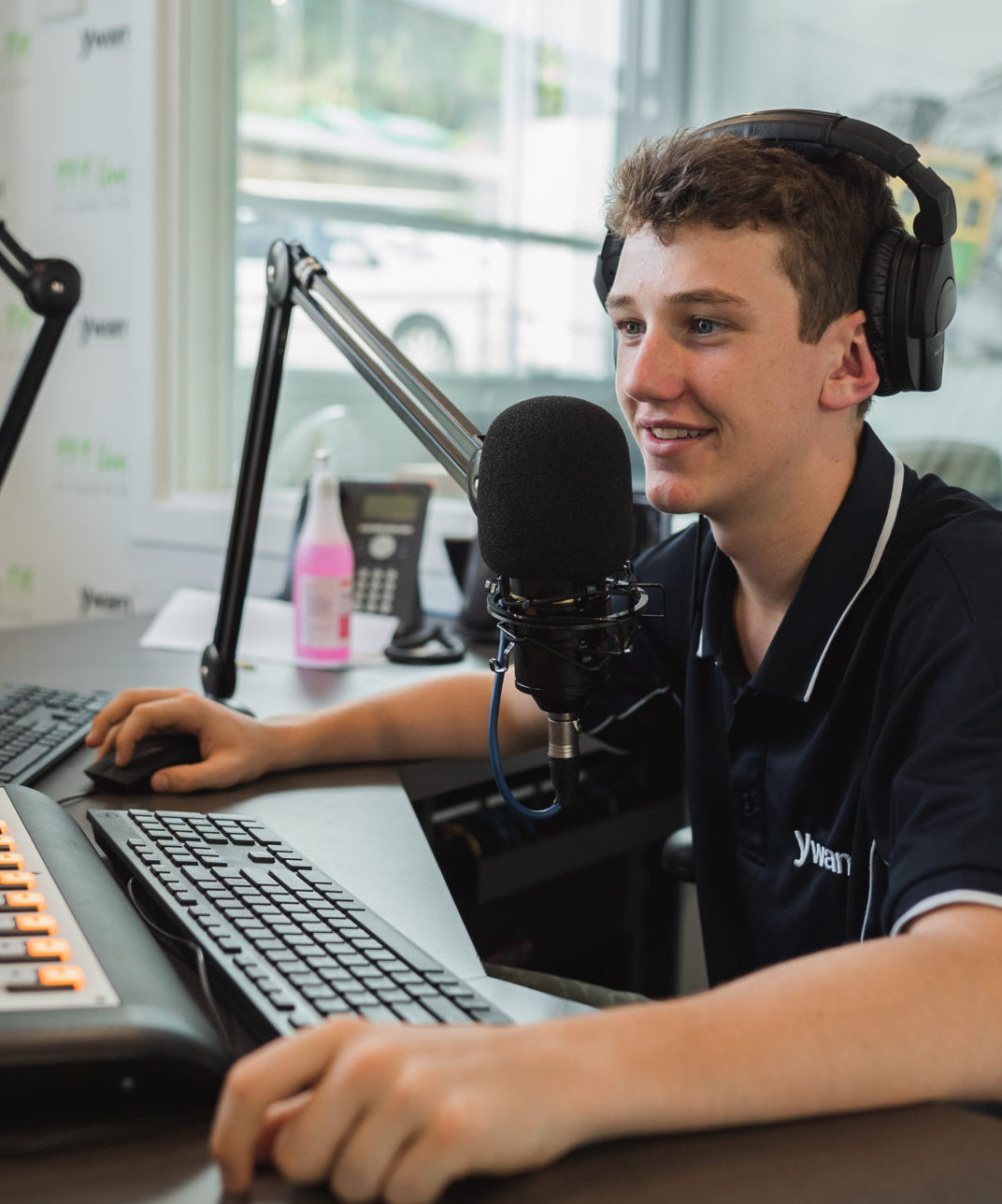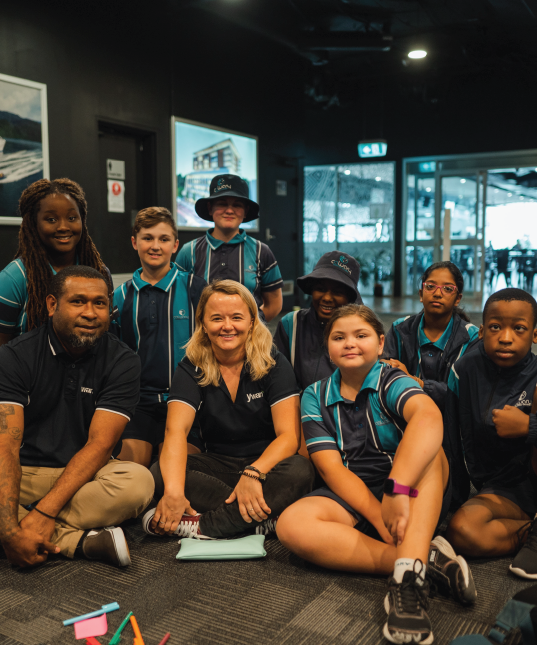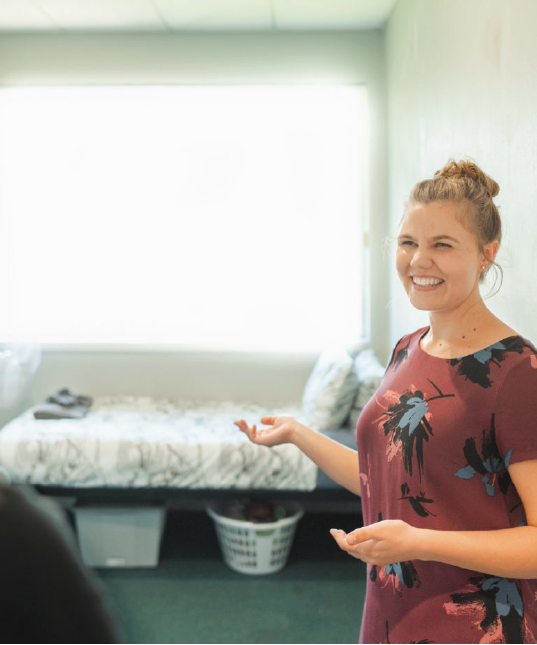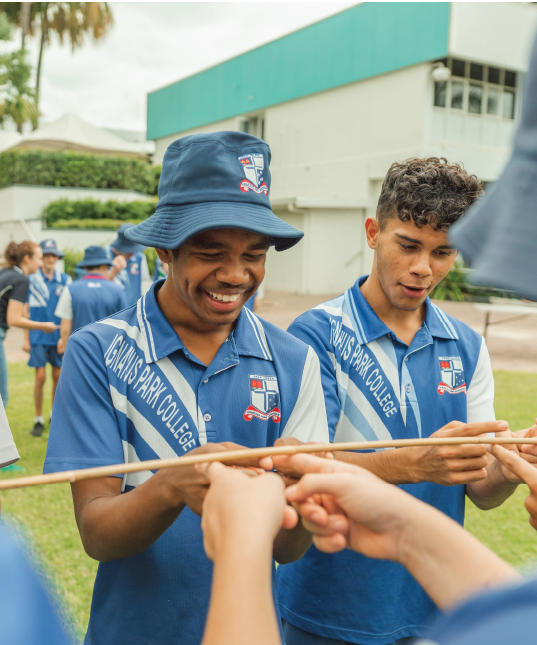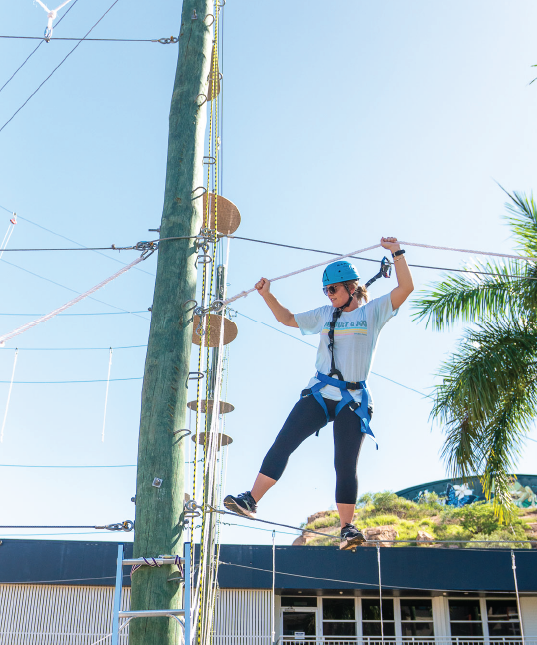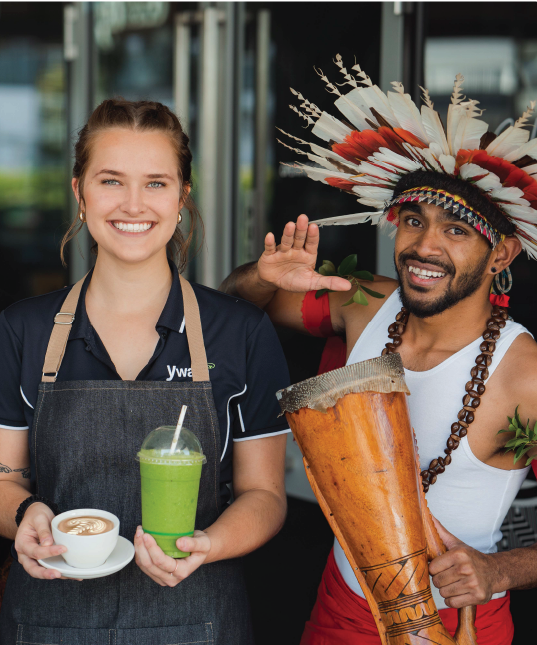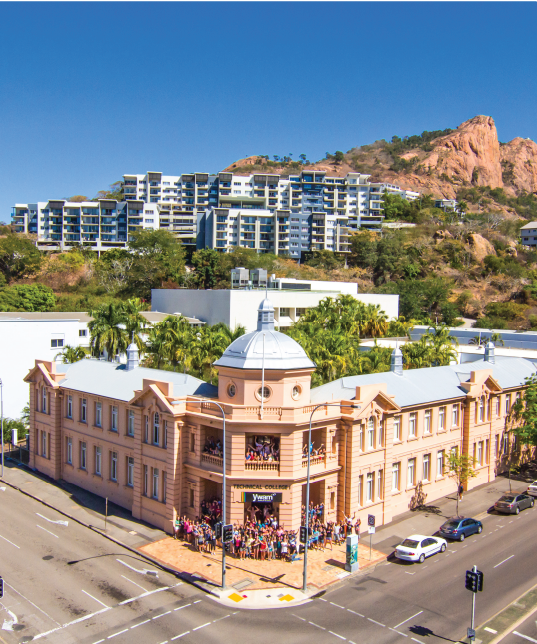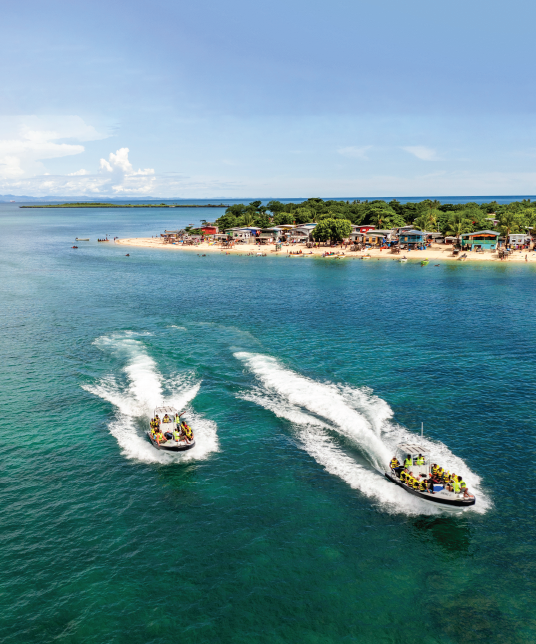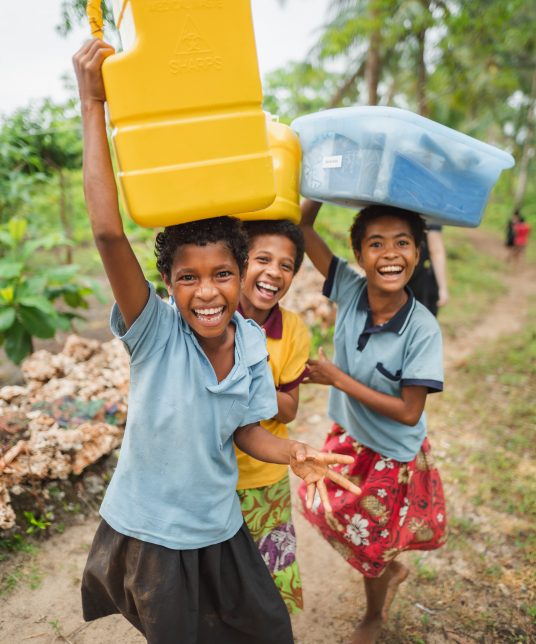[vc_row][vc_column][vc_column_text responsive_align=”center”]We had been traveling in our boat for over an hour before we arrived at Ibuo. A village perched on a bank on the stretch of coast between the Bamu and Gama rivers – one of the least developed regions of the country.
I’d been to many isolated villages throughout my six weeks in Papua New Guinea, but this was on another level. Ibuo was alone on the coastline; vulnerable to rough seas and – the mud – oh my, I’ve never seen so much of it in my life.
We ventured out of the boat and began to make our journey to the village.
As we drew closer to a row of huts along the bank – an elderly man started to wave at us. He was using a stick to steady himself.
I saw straight away that the man had ‘lion face’ – a sign of leprosy when the cheekbones jut out. As my team set up our mobile clinic in one of the village long-houses, I began talking with the man, his name was Nieke.
Nieke was our first patient for the day; he showed us his legs and feet that were covered in wounds. We were almost certain that he did indeed have leprosy.
We soon realised that the others in the village treated him differently – they didn’t want to touch him or be around him, I could see the pain on Nieke’s face and it broke my heart.
I made it my mission to love him that day. I talked with him about his life and educated him on what leprosy was. I bandaged his wounds and made him shoes out of plastic bags and tape – to help his wounds stay clean and dry from the mud.
We talked with the others in the village about the importance of taking care of the elderly and sick in their community – we educated them on leprosy and the fact that its treatable – Nieke didn’t have to live this way. Neike’s community committed to help take care of him and take him to Balimo Hospital – the closest hospital to them where Nieke could receive treatment.
I saw Nieke transform before my eyes from a quiet, somber man who was banished by those around him to someone who was seen; someone who was valued; someone who had hope.
The tide was out when it was time to leave. We had to trek through thick, brown mud (sometimes up to our waists) holding our medical packs high above our heads to get back to the boat.
We only treated 14 patients that day – but I would trek through mud up to my waist all over again to just put bandages on Neike’s feet – to reach out to him and to rally his community to love him the way that I know Jesus would.
Interested in medical missions? Check out our DTS Plus Health Care elective [/vc_column_text][/vc_column][/vc_row]








